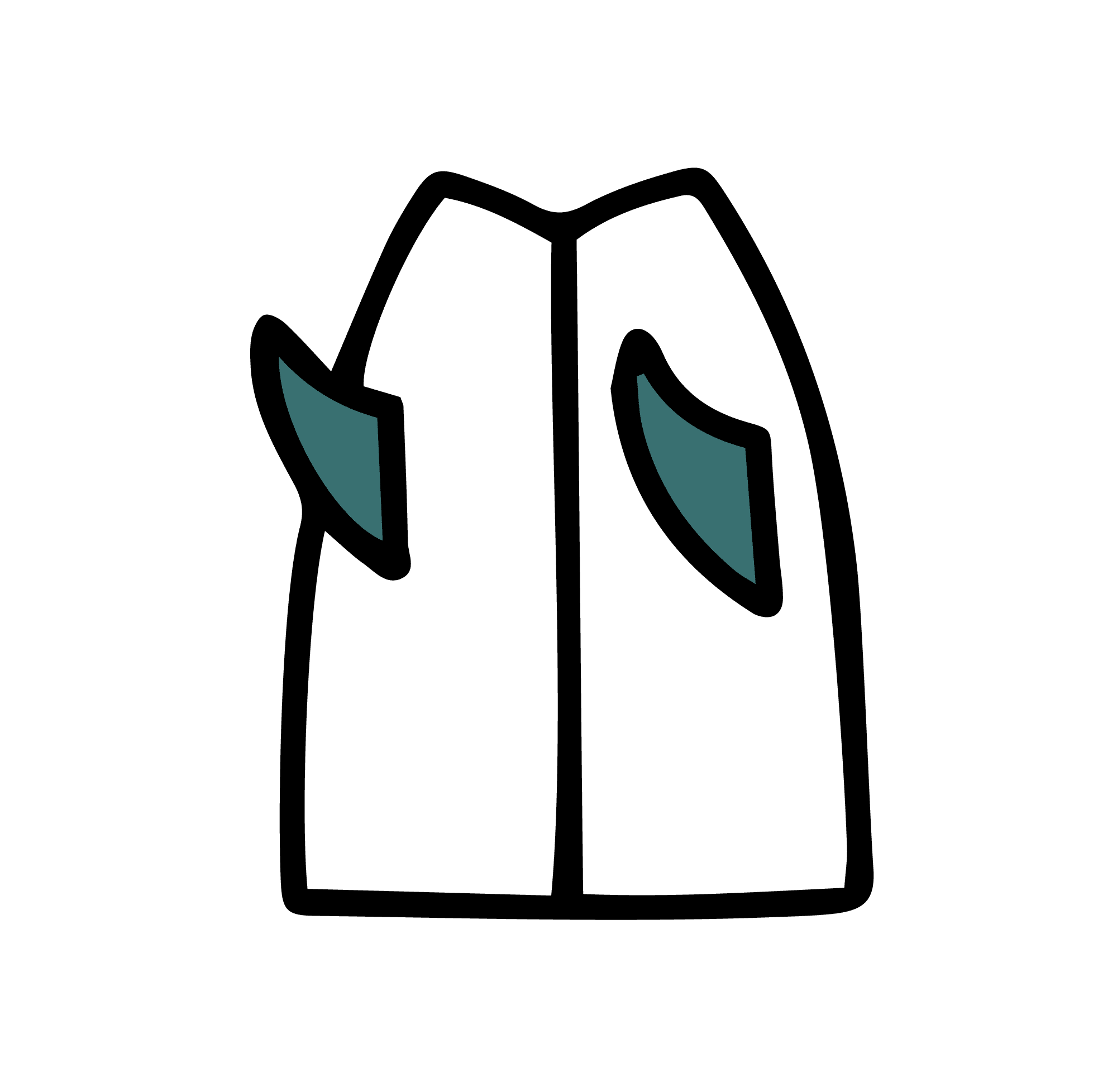 Single Fin
Single Fin
Single fins are most commonly found on longboards. The original fin set up is considered outdated by some, but it is still appreciated by others because it brings a different feel while riding the wave. They are usually long and wide, big enough to provide control over the surfboard on its own.
Ideal Conditions: Small to small-medium surf. Or medium-big fat, weak waves.

Twin Fin
Twin fins became popular at the end of the 1970s and at the beginning of the 1980s, when Mark Richards started to use twin-fin “fishes” to win four consecutive World Championships. At that time, the world discovered how twin fins offered extra manoeuvrability and speed, giving Mark Richards a competitive edge to beat other competitors riding single fins.
Ideal Conditions: Small to Small-Medium surf.

Thruster Fin
This is currently the most popular fin set up for most surfers, from beginners to experts. Frustrated with the fact that twin fins wouldn’t “hold” enough in bigger waves, Australian Simon Anderson came up with the idea of a three equal-sized fin set-up in 1980.
The extra fin placed in the middle at the back of the tail provides more stability and manoeuvrability. The thruster setup has played a huge part in the evolution of high performance surfing, making many radical manoeuvres possible.
Ideal Conditions: Many types of conditions. Super fun in good to epic conditions. Holds well in steep, powerful surf and tubes.

Quad Fin
The four-fin set-up gets a little bit of both the characteristics of the twin fin and the thruster set-up. Quads can be great in small surf, especially if the rear fins are further up on the surfboard and closer to the rails. This helps surfers generate speed, even in weak waves, and helps to do quick turns, a bit like with a twin fin would, but with extra control.
Surfers also use quads in big hollow waves, with the back fins placed further back on the board, for extra hold in steep waves. Advanced surfers enjoy the extra speed gained from not having a centre fin, and the additional hold on higher lines, due to having 2 fins near the rails.
Ideal Conditions: Many types of conditions. At its best in clean, powerful and good surf.
Other Fin Characteristics
The “fin setup” (the location and the number of fins) is quite important, but it’s not everything. When choosing fins, other aspects need to be considered, here are a few:
Fin Size: Bigger fins equal more hold, as more surface area is in contact with the water. Smaller ones create a “looser” feel.
Fin Flexibility: Stiffer fins provide quick response but are less forgiving.
Fin Base: This is the length of the fin at the part where it meets the board. Longer bases provide more drive. When surfers turn, they put pressure against them, creating acceleration. A small fin base will generate less drive but will provide quick and short turn arcs.
Fin Rake or Sweep: Fin rake means how far the fin goes backwards (the way it tilts to the back). Less rake means it’s easier to pivot quickly, and more rake will create longer, more drawn out turns. Generally, more sweep or rake is enjoyable on big, playful shoulders
These are just a few of the many different fin characteristics. Another crucial element to consider is the surfboard’s tail shape, as it works in harmony with the fins to create a particular response, hold and control in the water.
https://barefootsurftravel.


